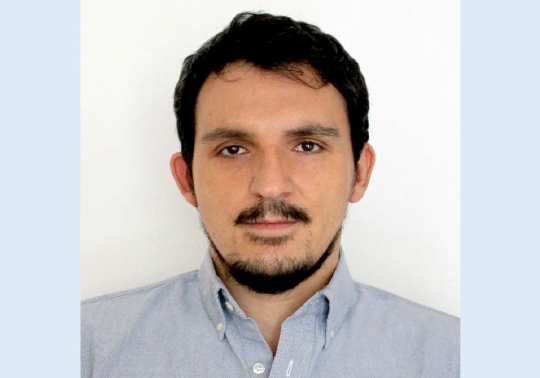
Un nou investigador resident, Fabrizio Bigotti (Ajudes Biblioteca Vicent Peset Llorca), desenvoluparà la seu investigació en els propers dies en l'Institut Interuniversitari López Piñero en el seu despatx del tercer pis del Palau de Cerveró.
BIO
Fabrizio Bigotti (Julius-Maximilians-Universität Würzburg, University of Exeter, CSMBR) is an intellectual historian of medicine, science, and technology, currently working as PI on a DFG Project on theories of intensity in medicine and natural philosophy (1400-1650). He is the director of the Centre for the Medicine and the Body in the Renaissance (CSMBR) and co-editor of the series Palgrave Studies in Medieval and Early Modern Medicine (PSMEMM).
Projecte:
My project focuses on practices of quantification, classification, and measurement of distance (latitudo) in medicine and natural philosophy, following the development of the medieval theory of intensity, also called "latitude of forms" or latitudo formarum. This theory applied a spatial range to perceptible qualities, making them subject to quantification in contexts that go beyond those usually considered by scholars-i.e. theology (doctrina perfectionum) and natural philosophy (intensio et remissio formarum). Most notably my project is set to explore and classify an array of visual and literary sources related to concept of distance, as found for instance in geographical maps representing the difference btween temperate and instance in geographical and intemperate regions; in diagrams purporting the hierarchy of different temperaments and humours, esp. in their closeness to the perfect balance (temperamentum aequale ad pondus); in diagrams of latitude related to the Galenic concept of “latitude of health” (latitudo sanitatis, neutralitatis morbi) and in diagrams representing the interaction of forces (with a particular attention devoted to Leibniz’s vis viva). Along these lines, my research also explores how, in keeping with medical ideas and expanding upon their core tenets, early modern philosophers came to develop a broader concept of latitude, meant to provide a mathematical foundation for the quantitative treatment of qualities such as motion, light, heat, etc…recovered and then substantially transformed into exact mathematical procedures by Santorio Santori (1561-1636), Galileo Galilei (1564-1642), Isaac Beeckman (1588-1637), Jan Marek Marci von Konrad (1595-1667) and Gottfried Wilhelm von Leibniz (1646-1716).









